The Beast of Gevaudan |
The affair of the Beast of Gévaudan is a series of mysterious and deadly attacks that occurred mainly in the former province of Gévaudan (now Lozère) between 1764 and 1767. The animal, described by witnesses as a huge wolf or an unknown creature, specifically targeted isolated women and children, spreading panic among the population. King Louis XV sent wolf hunters and even troops to try to capture or kill the creature, mobilizing considerable resources for the time. These events generated extensive media coverage, making this story a national phenomenon reported in newspapers all the way to Paris. Several animals were killed, including a large wolf shot by Jean Chastel in 1767, marking the end of the attacks. Today, the exact identity of the beast remains a topic of debate, ranging from a canine hybrid to a particularly aggressive wolf, or even human intervention, making this story a fascinating legend in French history.
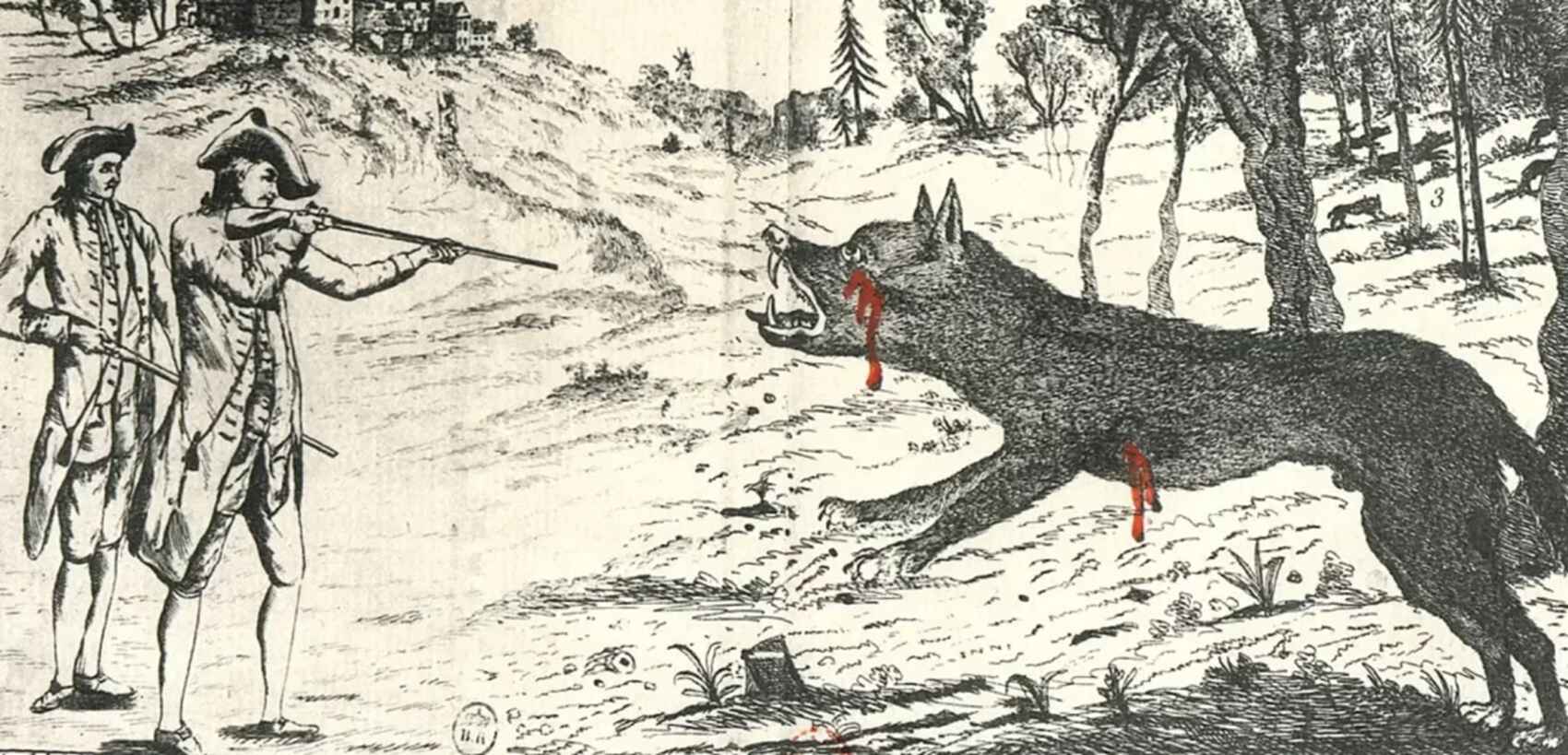
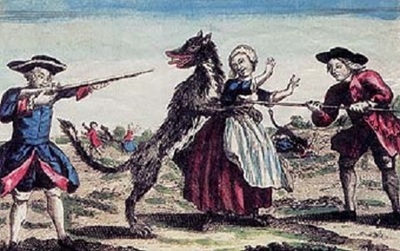 Between 1764 and 1767, the Beast of Gevaudan terrorized the north of the former province of Gevaudan, now Lozere. This mysterious canid was responsible for numerous fatal attacks, recorded between 88 and 124 times. The first attacks were reported near Langogne, before spreading to other regions such as southern Auvergne.
Between 1764 and 1767, the Beast of Gevaudan terrorized the north of the former province of Gevaudan, now Lozere. This mysterious canid was responsible for numerous fatal attacks, recorded between 88 and 124 times. The first attacks were reported near Langogne, before spreading to other regions such as southern Auvergne.
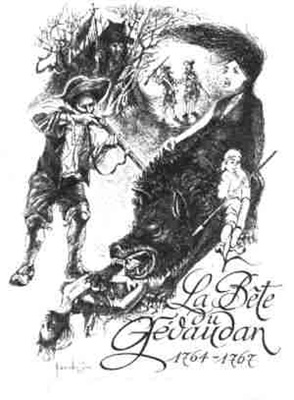 At the time, France had about 20,000 wolves, but the drama of Gevaudan coincided with a need for sensational news in the press, marked by a decline in sales after the Seven Years' War. Publications like Courrier d'Avignon and La Gazette de France quickly covered the affair, fueling rumors and mobilizing military troops. Contemporaries perceived the Beast sometimes as a wolf, sometimes as an exotic animal or a sorcerer.
At the time, France had about 20,000 wolves, but the drama of Gevaudan coincided with a need for sensational news in the press, marked by a decline in sales after the Seven Years' War. Publications like Courrier d'Avignon and La Gazette de France quickly covered the affair, fueling rumors and mobilizing military troops. Contemporaries perceived the Beast sometimes as a wolf, sometimes as an exotic animal or a sorcerer.
Among the many animals killed, two canids were particularly suspected of being the Beast. The first, a large wolf, was killed in September 1765 by François Antoine, the gun bearer of Louis XV. However, the attacks resumed shortly after. On June 19, 1767, Jean Chastel killed a second animal in La Besseyre-Saint-Mary, putting an end to the attacks.
The majority of historians attribute the predations of the Beast to several wolves that became anthropophagous. This phenomenon, although rare, has been observed several times in history. However, the biological identity of the responsible canids still sparks debates, exacerbated by controversies over the danger of Canis lupus and the reappearance of the gray wolf in France.
Some essayists defend the idea of the wolves' innocence, preferring to blame humans and drawing inspiration from the works of Abel Chevalley and Henri Pourrat, which mention murders attributed to a serial killer. However, no tangible evidence corroborates such criminal involvement.
In Lozere and Haute-Loire, several tourist sites celebrate the legend of the Beast of Gevaudan, inspiring many works of fiction, including three films made in 1967, 2001, and 2002.
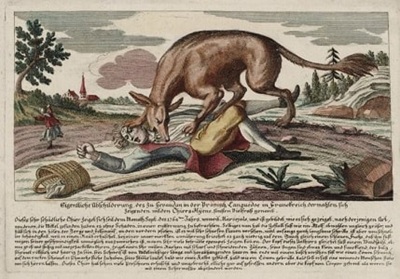 In 1763, a series of worrying attacks occurred in Dauphine, describing an animal the size of a very large wolf, with fur the color of burnt coffee and a tail longer than that of an ordinary wolf. Some authors suggest it could be the same animal as that of Gevaudan.
In 1763, a series of worrying attacks occurred in Dauphine, describing an animal the size of a very large wolf, with fur the color of burnt coffee and a tail longer than that of an ordinary wolf. Some authors suggest it could be the same animal as that of Gevaudan.
The first attacks in Gevaudan were reported in July 1764, with the first official victim, Jeanne Boulet, killed near Langogne. The attacks multiplied, particularly in the Mercoire forest. etienne Lafont, syndic of the diocese of Mende, sent hunters, but the attacks continued. On December 31, 1764, the bishop of Mende issued a solemn call to prayer and penance, known as the "mandement of the bishop of Mende".
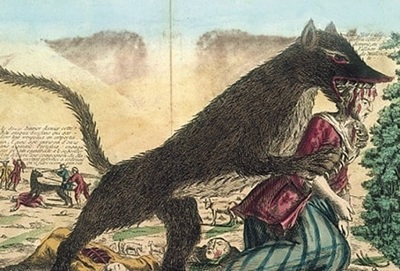 On January 12, 1765, the Beast attacked seven children in Villaret. The children, courageous, faced the animal and managed to repel it. The king proposed to fund the education of Jacques Portefaix, one of the children, for his bravery. The d'Enneval family, a family of hunters, claimed exclusive rights to the hunts and requested the dismissal of Captain Duhamel. However, their hunts were ineffective, and the Beast continued its attacks. On June 8, François Antoine arrived in Gevaudan to put an end to the reign of terror of the Beast.
On January 12, 1765, the Beast attacked seven children in Villaret. The children, courageous, faced the animal and managed to repel it. The king proposed to fund the education of Jacques Portefaix, one of the children, for his bravery. The d'Enneval family, a family of hunters, claimed exclusive rights to the hunts and requested the dismissal of Captain Duhamel. However, their hunts were ineffective, and the Beast continued its attacks. On June 8, François Antoine arrived in Gevaudan to put an end to the reign of terror of the Beast.
On August 11, Marie-Jeanne Vallet achieved a memorable feat by planting her lance in the Beast's chest, which fled. On August 16, during a general hunt, Jean Chastel participated in a drive with his sons. On August 29, Rinchard shot at an animal that was watching young herders, but the Beast escaped.
On September 21, François Antoine killed a large wolf near the royal abbey of Chazes. The body was taken to Saugues and dissected by a surgeon, confirming it was indeed the Beast. However, the attacks resumed shortly after.
On June 19, 1767, Jean Chastel killed a large animal resembling a wolf, putting an end to the attacks. The body was taken to the Besque castle and displayed. The attacks definitively ceased after this event.
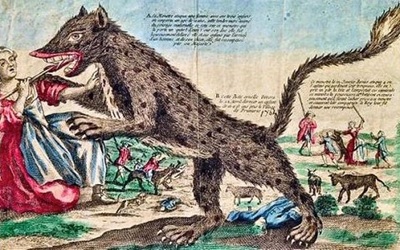 The Beast of Gevaudan primarily operated in a region corresponding to the current department of Lozere, characterized by its valleys and mountains, largely covered by forests. Statistics regarding the victims vary, but official documents report a little over 80 people killed, with around 230 victims in total.
The Beast of Gevaudan primarily operated in a region corresponding to the current department of Lozere, characterized by its valleys and mountains, largely covered by forests. Statistics regarding the victims vary, but official documents report a little over 80 people killed, with around 230 victims in total.
The Chastel family, originating from La Besseyre-Saint-Mary, entered the history of the Beast thanks to Jean Chastel, who killed the animal in June 1767. Their reputation is also tarnished by accusations made against them in romanticized accounts.
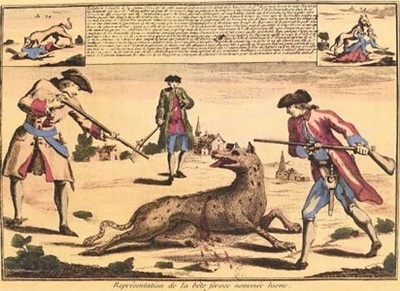 Jean Chastel, born in 1708 and died in 1789, is known by the nickname "de la Masca". He is the father of nine children and regularly appears in the parish registers as a farmer, brewer, and innkeeper. His brother, Jean-Pierre Chastel, is a death-row fugitive.
Jean Chastel, born in 1708 and died in 1789, is known by the nickname "de la Masca". He is the father of nine children and regularly appears in the parish registers as a farmer, brewer, and innkeeper. His brother, Jean-Pierre Chastel, is a death-row fugitive.
Jean-François-Charles, Count of Morangies, born in 1728, became a musketeer of the King at the age of 14. During the Seven Years' War, he rose to the rank of colonel and distinguished himself in combat in Germany. After multiple imprisonments for debt, he was murdered by his second wife in 1801.
Jean-Joseph, born in 1745, gradually began to take on the leadership of the hunts against the Beast of Gevaudan in 1765. He organized the drive on June 19, 1767, during which Jean Chastel managed to kill the Beast.
Gabriel-Florent de Choiseul-Beaupre, Bishop of Mende since 1723, made a public statement on December 31, 1764, suggesting that the Beast was sent by God to urge the inhabitants to repent of their sins. He died in Mende on July 7, 1767, eighteen days after the death of the Beast. Abbot Trocellier, parish priest of Aumont-Aubrac, played an active role in the hunt for the Beast, organizing many drives and describing the animal several times in his correspondence.
The Beast of Gevaudan remains a symbol of terror and mystery, a legend that continues to haunt minds and nourish the collective imagination.
Former holiday hotel with a garden along the Allier, L'Etoile Guest House is located in La Bastide-Puylaurent between Lozere, Ardeche, and the Cevennes in the mountains of Southern France. At the crossroads of GR®7, GR®70 Stevenson Path, GR®72, GR®700 Regordane Way, GR®470 Allier River springs and gorges, GRP® Cevenol, Ardechoise Mountains, Margeride. Numerous loop trails for hiking and one-day biking excursions. Ideal for a relaxing and hiking getaway.
Copyright©etoile.fr